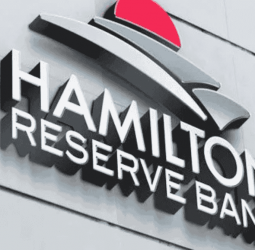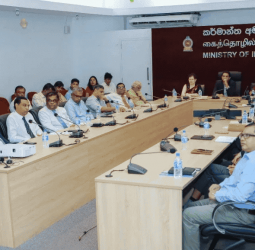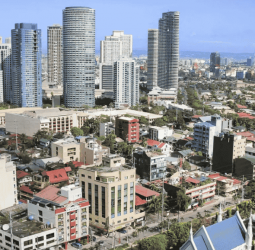- IRD says exporters’ lack of proper financial schedules complicates transition to new risk-based VAT refund mechanism
- Commissioner notes that limited group of exporters, excluding ‘indirect exporters’, will be eligible for refunds under the new process
Sri Lankan exporters’ financial documentation inefficiency adds to the complexity of making risk-based refunds and transitioning into VAT collection, Commissioner at Department of Inland Revenue Priyanka Dissabandara said at a Committee of Public Finance meeting on Tuesday (7).
“To make the process work, for these to be reconciled, they don’t give schedules. Though we ask them to give them, they also do not have such documentation to provide us,” Dissabandara said, during a presentation on the newly introduced risk-based refund mechanism.
The risk-based refund system has been effective from 1 October, replacing the SVAT - which was a mechanism that reduced the volume and amount of VAT returns to be processed by the Inland Revenue Department.
Under the extended facility fund (EFF) with the IMF in 2023, Sri Lanka agreed to a structural benchmark to repeal the SVAT framework this year, replacing it with the conventional VAT refund processing model.
Unlike the SVAT which followed a standard approach to providing refunds to exporters, in addition to minimising the cash flow impact of taxation before export, the risk-based refund mechanism currently implemented by the government categorises refund applications based on the perceived risk of each taxpayer.
Adding to the comments made by Dissabandara, Member of Parliament Chathuranga Abeysinghe said that certain exporters followed both processes, when dealing with exporters and local buyers, adding to the complexity of documentation.
“For example, I supply to X exporter under the SVAT, following that SVAT process, since I’m registered under that SVAT system, at the same time I'm also supplying locally - for which I’m to follow the normal (VAT) process. Therefore, I follow two schedules. When the IRD is to monitor this, the data and documents need to be there.”
Dissabandara said that separate schedules had to be assigned, due to the differences in the processes, further complicating the matter.
“We had to give the SVAT exporters separate schedules, and those who purchased outside the SVAT system, they were assigned a separate VAT schedule. Those who were SVAT registered exporters had to be given many schedules,” Dissabandara said, explaining the need for combining the two categories of exporters.
Abeysinghe however added that those who follow a complete financial process would be able to balance this. “However, if we practically look at it, most exporters’ financials are inefficient. This complexity is what has added to the broader issue.”
Further, Dissabandara added that since the SVAT has repealed, the amount of exporters who may receive refunds under the new risk-based mechanism would be limited, adding that indirect exporters are to be excluded from receiving refunds from the mechanism - making their goods VAT applicable, rather than standing to benefit from a refund.
“Exporters will have refunds, but the group who may have refunds are very limited. This is because indirect exporters may not have refunds. When an indirect exporter sells to an exporter, they can collect a VAT for their goods, which means they reduce their input and pay.
Dissabandara also said that the group viable for refunds are to be identified through their involvement in facilitating direct exports.
“Then there’s a group that is viable for a refund. Within this system we identify a group of eligible exporters, through their direct export. They are to receive their refund in 45 days.”
“Indirect exporters, for the most part, engage in selling locally. Before, they operated under the ‘suspended sales’, when they would use the credit voucher in their dealings. But now we view them as a local seller, which means they collect VAT. Which means that when they sell to exporters, they are to pay 18% VAT.”
According to a report released by KPMG on Monday (6) titled “The Operation of Risk Based Refund Scheme”, those eligible for refunds are to be categorised accordingly as: Low, medium and high risk taxpayers. Risk profile categorisation is to be determined by compliance history, accuracy of filing, reliability and overall behaviour.
Low risk and medium risk taxpayers are to have their refunds processed without verification, whereas high risk taxpayers are to have their refunds processed only after the completion of pre-verification, the report said.
Source: The morning
You Must be Registered Or Logged in To Comment Log In?


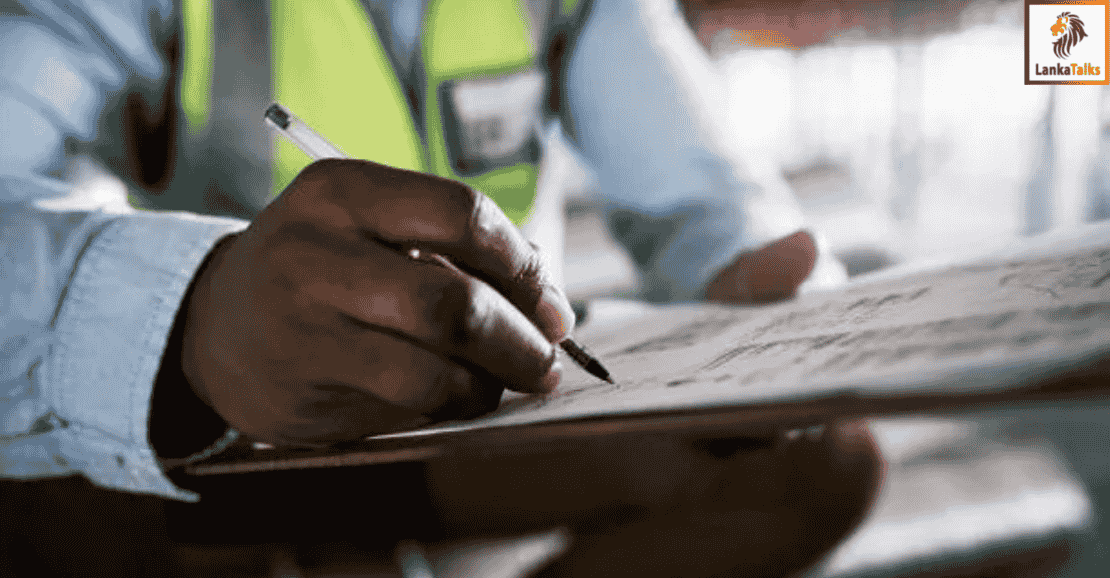
 Natasha
Natasha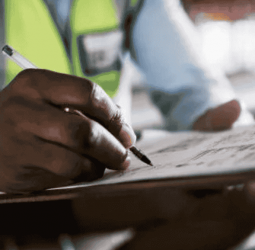
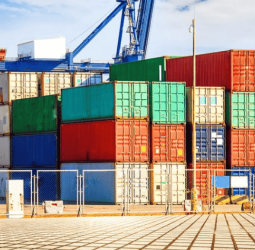
_1249255x250.jpeg)


